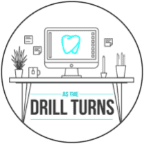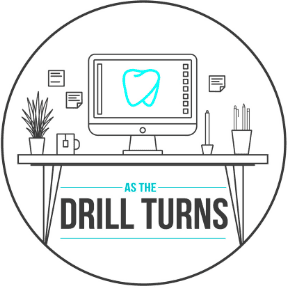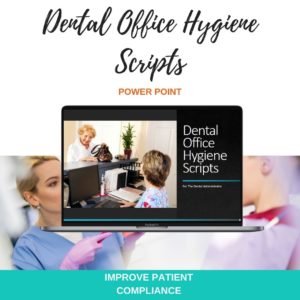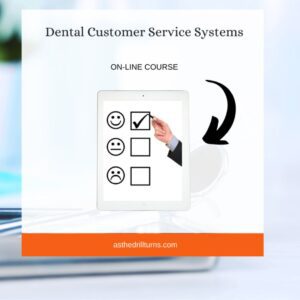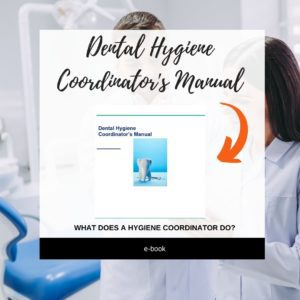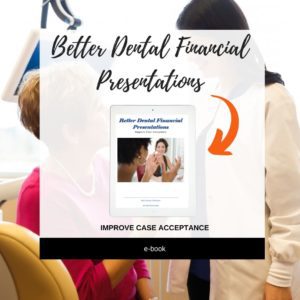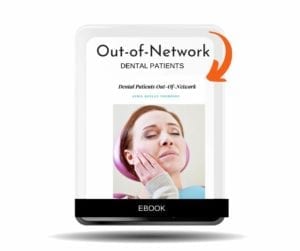Dental Office Continuing Care Set-Up
Dental office continuing care settings help to make sure no patient “slips through the cracks”. This powerful tool in our dental software that benefits everyone when it’s used well! The dental practice is able to better monitor patient care. And can also reach out to unscheduled patients too!
Get Some Training on Your Software Settings
However, we’ve got to first set up our codes and intervals within our software system. And I understand that all the software systems are a little different. So, I won’t begin to try to walk you through the “how to” of each individual program. But rather, give you some ideas on how to best put this great tool to work for your dental practice.

General and Specialty Practices Benefit
Well utilized continuing care settings are of great value. Both to the general dental practice and to the specialty practice as well. Because we can put these settings to use for much more than hygiene. We can establish a code and frequency to set for our patient’s root canal therapy, implant follow-up, or even orthodontic retention tracking.
Keep Better Track of Your Patients
It’s so easy to generate reports for various continuing care settings. These settings and reports allow us to keep an eye on that root canal treated tooth, or the implant, and yes, the orthodontic retention check. So, let’s take a look at how we can best do just that!
Dental Office Continuing Care Settings for Exams
There are several codes we use for various types of exams. In general, dental practices, we often see our patients for their initial comprehensive oral evaluation at their very first appointment. Although that can definitely vary a little. A new comprehensive exam is definitely a procedure to revisit with an existing patient too! It’s recommended that a complete comprehensive evaluation be done again every 5 years. And maybe complete this with a new full set of x-rays. So this is a code to set up in your continuing care.
Periodic oral evaluations and periodontal oral evaluations occur more often. You may see your dental patients for their periodic oral evaluations every 6 months or once per year. Many dental practices vary on this frequency practice. And may even decide differently from patient to patient. Then the periodontal oral evaluations may happen just once a year in the general dental practice. So, these two procedure codes can definitely be set up as well with continuing care settings. Just to give some examples!


Continuing Care Settings for Hygiene
It’s a given that continuing care settings must be accurate for hygiene reactivation. And for the dental office team to know just what a patient needs to schedule. Specify settings for periodontal patients and routine prophy patients separately. This is exactly how the dental office team will know when a patient is overdue and unscheduled for their hygiene visit. And the level of care a patient requires. But if these settings are incorrect, the dental office will create confusion for themselves and the patient too!
Dental Office Continuing Care Settings & Updates
Dental office teams must look at continuing care settings for each patient at every visit. Update what needs updating. And be absolutely sure that every patient’s chart and continuing are settings are perfect! If you haven’t looked at this regularly, it may take some work to get everything in shape. But the payoff is huge and well worth the time invested!
Dental Office Continuing Care Settings for X-Rays
Consider the individual x-rays, panoramic x-rays, and full series as well. And don’t forget those bite wing x-rays that are most often done during a hygiene visit. All of these different types of x-rays serve their purpose and are frequently performed in the dental practice. So, you want to look at each code and frequencies for these as well. Then create your continuing care codes and how you want to identify the frequency for each setting.
A panoramic x-ray continuing care setting may be required for an orthodontic patient. And the panoramic x-ray frequency may also be set for a denture patient. Both frequencies would be very different. And you get to set the frequency and assign it the code you want it to have. A root canal treated tooth may need an individual x-ray taken once a year. We can set that up too! This way, the clinical team will be able to quickly identify when any procedure is overdue for a patient!
